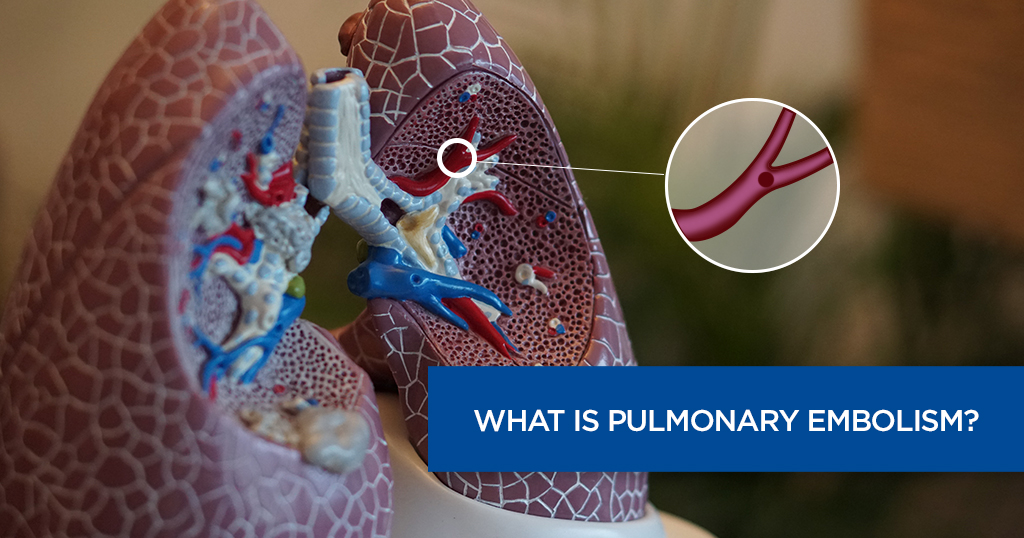What is Atelectasis? How Do You Figure Out the Causes of Breathlessness?


Overview
Atelectasis is a condition when there is a complete or partial collapse of the entire lung or area (lobe) of the lung. It occurs when the tiny air sacs (alveoli) within the lungs become deflated or possibly filled with alveolar fluid.
Atelectasis is one of the most common breathing (respiratory) complications after surgery. It is also a possible complication of other respiratory problems, including cystic fibrosis, lung tumors, chest injuries, fluid in the lung, and respiratory weakness. Atelectasis can make breathing difficult, particularly if you already have lung disease. Atelectasis treatment depends on the cause and severity of the collapse.
What are the Types of Atelectasis?
There are two types of atelectasis – obstructive and nonobstructive. The obstructive (resorptive atelectasis) occurs when something chokes your airways physically.
However, no obstructive atelectasis has many other types. It includes the following:
- Compressive or relaxation. The surface of your lungs and the chest wall are located close while keeping the lungs in an expanded position. However, when air or fluid accumulates and creates a gap between them, your lungs happen to pull in an inward direction while making your alveoli lose air. Whether it is compressive or relaxation atelectasis depends on where this phenomenon takes place.
- Adhesive. Pulmonary surfactant is the fluid that covers your alveoli. This fluid keeps the alveoli functional and stable. If your body fails to make a sufficient amount of pulmonary surfactant, your alveoli might collapse. This condition is known as adhesive atelectasis.
- Cicatricial. In this type of atelectasis, your lung tissues have scars (due to sarcoidosis, a lung condition) that prevent them from holding enough air.
- Replacement. When your alveoli have a tumor(s), it can lead to replacement atelectasis.
- Acceleration. When the pilots of jet planes fly at an acceleration ranging between 5 and 9 G-forces, their airways can close. It might lead to acceleration atelectasis.
- Rounded. This condition is also known as a folded lung. It is a type of pleural disease. One of the main causes of this condition is asbestosis.
What are the Causes of Atelectasis?
Atelectasis causes include the following:
- Pleural infection. When an infection occurs when the liquid builds up between the pleura (tissues that act as a lining for the lungs) and the inside of the chest cavity
- Pneumothorax. An air leak in the space between the lungs and chest cavity can cause a complete or partially collapsed lung.
- Mucus plugs. Common after surgery. It can also be caused by cystic fibrosis. It occurs when mucus collects in the airways and plugs the airway leading to atelectasis.
- Pneumonia It can also lead to atelectasis.
Other atelectasis causes include:
- The swallowing or inhaling of a foreign object (most common in children) which finds its way into the lungs
- Any abnormal growths in the airways (commonly, tumors in the airway)
- Scarring of the lung tissues can cause atelectasis.
What are the Symptoms of Atelectasis?
Some of the most common atelectasis symptoms include:
- Difficulty breathing
- Shallow breathing
- Rapid breathing
- Cough
- Wheezing
Some patients can experience severe atelectasis symptoms, like pain in the chest region while breathing, due to the severity of the condition leading to a lung collapse.
When to See a Doctor?
Atelectasis can progress to a fatal outcome if left untreated. In case of any breathing difficulty, cough, and pain in the chest cavity, consult a doctor as soon as possible. While consulting a doctor, inform them of any pre-existing conditions.
In case you have any surgery scheduled, consult your doctor about the risk of atelectasis and any preventive action to take.
What are the Risk Factors of Atelectasis?
Atelectasis can affect some people more than others due to their underlying risk factors.
Some of these risk factors include:
- Old age
- Underlying respiratory conditions like asthma and bronchitis
- Conditions that impair the ability to swallow
- Bed rest or confinement to the bed making shifting positions difficult
- People who have had surgery around the chest cavity and lungs
- People who have undergone general anesthesia for any reason
- Neuromuscular conditions like muscular dystrophy
- Injuries to the spinal cord
- Medication
- Smoking
- A fracture to the ribs
What are the Complications of Atelectasis?
Those who develop this condition may also face certain complications, which include:
- Low blood oxygen (Hypoxemia) – When atelectasis makes it harder for alveoli or air sacs to access oxygen
- Pneumonia – While those with this condition are at risk for atelectasis, sometimes those who develop atelectasis develop pneumonia, as well.
- Respiratory failure – The most dangerous complication of atelectasis is a loss of a lobe in the lung or a loss of an entire lung leading to total respiratory failure. So, atelectasis causes respiratory problems as well. This complication can be fatal.
What are the Treatment Options for Atelectasis?
Atelectasis treatment is dependent on the severity and the existence of underlying conditions.
Some treatment options for atelectasis include:
- Chest physiotherapy: A common treatment to help post-surgical atelectasis, this largely involves positioning your body in different ways and using vibrations and tapping motions, the use of a vibrating vest, and other techniques to help loosen the chest muscles and clear mucus blockages
- Bronchoscopy: This is when a doctor inserts a small tube in your airway to clear a mucus plug or remove a foreign object from the air path.
- Doctors may opt for a procedure known as fluid drainage. A needle is inserted between your ribs to drain the possible fluid build-up. An additional procedure at this point may be the insertion of a chest tube which could be left in place for several days to remove extra air or excess fluids that build up in your body, causing atelectasis.
- Surgery is rare and is done if the lung is permanently scarred, if a lobe needs to be removed, or there is a need for lung transplantation.
A ventilator will help you breathe until the lungs repair themselves or the underlying conditions and causes are treated in the most extreme case. In case of any difficulty breathing, it is essential to seek medical advice as soon as possible.
What are the Preventive Methods for Atelectasis?
Here are some of the preventive measures for atelectasis:
- If you smoke, make sure to quit at least six weeks to eight weeks before undergoing any surgery.
- Talk to your doctor about an incentive spirometer. It is a device that promotes normal breathing.
- Consult your doctor about coughing or deep breathing exercises after your operation.
Frequently Asked Questions (FAQs)
What are the three types of atelectasis?
The three common types of atelectasis include the following:
- Obstructive
- Compressive
- Adhesive
How do you do deep breathing exercises for atelectasis?
Deep breathing exercises can help re-expand the collapsed tissues of your lungs. Therefore, it is highly advisable to practice these exercises way before your surgery. You can perform deep breathing exercises using incentive spirometry. It is a device that aids in deep coughing and leads to increased lung volume and reduced secretions.
What does dependent atelectasis mean?
Gravity-dependent atelectasis is a type of lung atelectasis. It happens in the dependent areas of your lungs due to increased perfusion coupled with reduced alveolar volume.
What is the difference between pneumothorax and atelectasis?
When air enters the pleural area, i.e., the region that lies between your chest wall and lungs, the lungs happen to collapse. If the collapse is a total one, it is known as pneumothorax. However, if a portion of your lungs is involved, it is known as atelectasis.
Is atelectasis serious?
Yes, the condition at its most severe can lead to collapsed lungs and death.
Does atelectasis hurt?
Chest pain, especially while breathing, can be a symptom of atelectasis. In case the condition is caused due to an injury, you can expect pain due to the injury and the condition.
How do I know if my lungs are damaged?
The quickest way to know if your lungs are damaged is by consulting a doctor who might investigate further. The most visible sign is extreme difficulty breathing and a wheeze while breathing.





